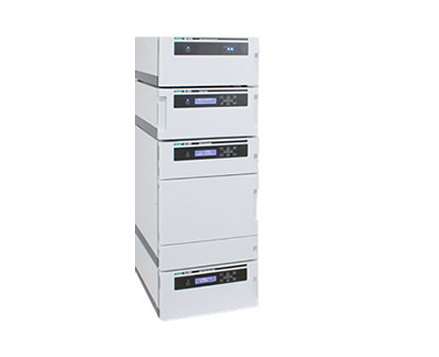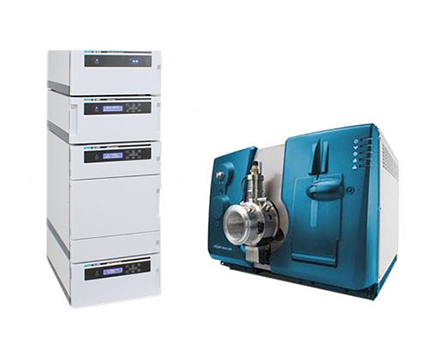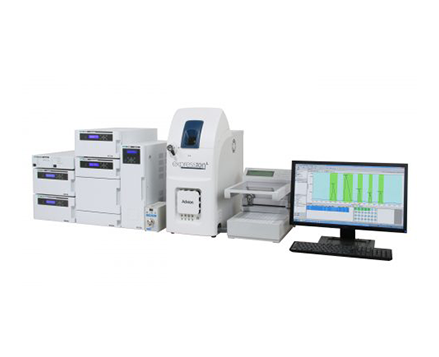Analysis of Nonionic Surfactants by HPLC-ELSD
August 19, 2022
Introduction
Surfactants are well known as a main constituent of commercial detergent and is widely used in various industrial and pharmaceutical fields due to various capabilities such as washing performance, moisture absorbency, osmosis, solubility, dispersibility, lubricity, antistatic ability, bactericidal property and anti-rust property. Nonionic surfactants have hydrophilic groups which are not ionized even when dissolved in water. Since it is hardly affected by water hardness and electrolytes, it can be used together with all other surfactants. Considering its nature, the usage of nonionic surfactants have increased dramatically and its affect on the environment has been pointed out. Since 2003, nonionic surfactants have been the test item for Water Quality Control Standards. This time, Triton X-100 and Polyethylene Glycol 400 as nonionic surfactant samples were measured and analyzed using an ELSD detector with Silica NH2 column in HILIC mode.
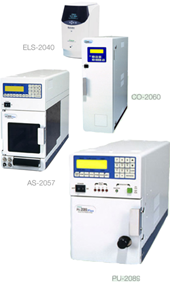
Experimental
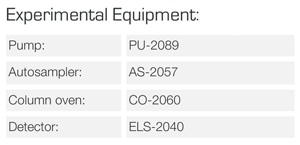
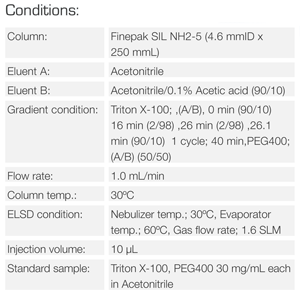
Results
Figure 1 and figure 2 show the chromatograms of Triton X-100 and PEG400, respectively.

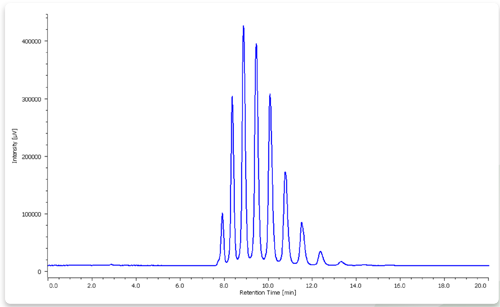
Featured Products:

Analysis of Nonionic Surfactants by HPLC-ELSD
Introduction
Surfactants are well known as a main constituent of commercial detergent and is widely used in various industrial and pharmaceutical fields due to various capabilities such as washing performance, moisture absorbency, osmosis, solubility, dispersibility, lubricity, antistatic ability, bactericidal property and anti-rust property. Nonionic surfactants have hydrophilic groups which are not ionized even when dissolved in water. Since it is hardly affected by water hardness and electrolytes, it can be used together with all other surfactants. Considering its nature, the usage of nonionic surfactants have increased dramatically and its affect on the environment has been pointed out. Since 2003, nonionic surfactants have been the test item for Water Quality Control Standards. This time, Triton X-100 and Polyethylene Glycol 400 as nonionic surfactant samples were measured and analyzed using an ELSD detector with Silica NH2 column in HILIC mode.

Experimental


Results
Figure 1 and figure 2 show the chromatograms of Triton X-100 and PEG400, respectively.



 Download This Application
Download This Application